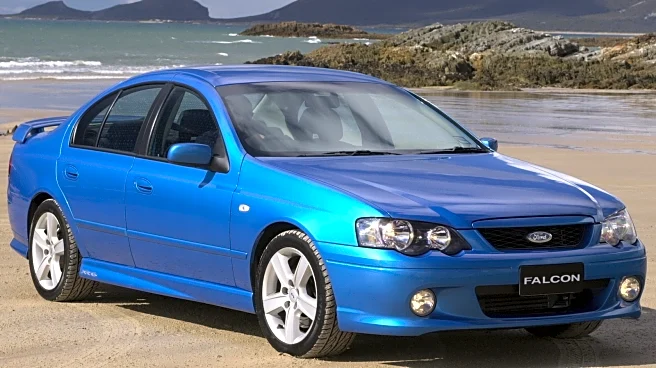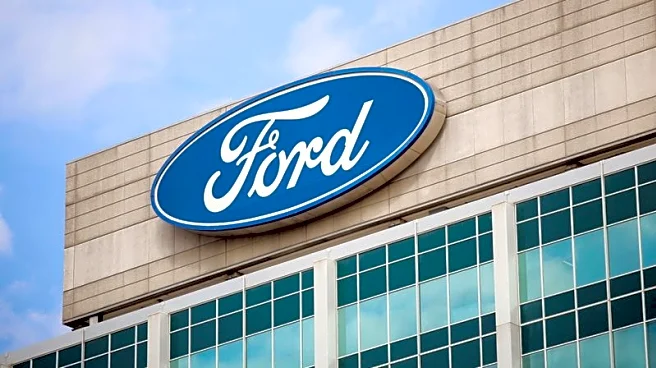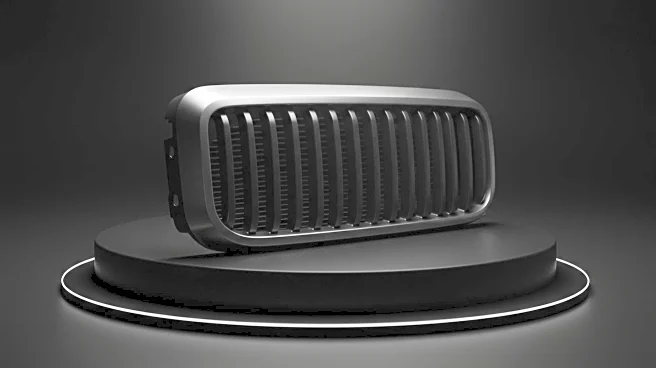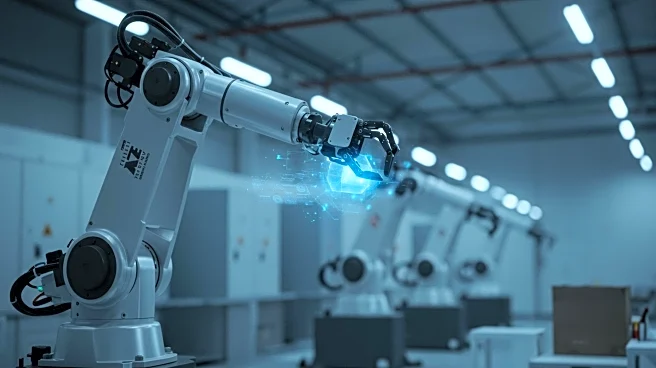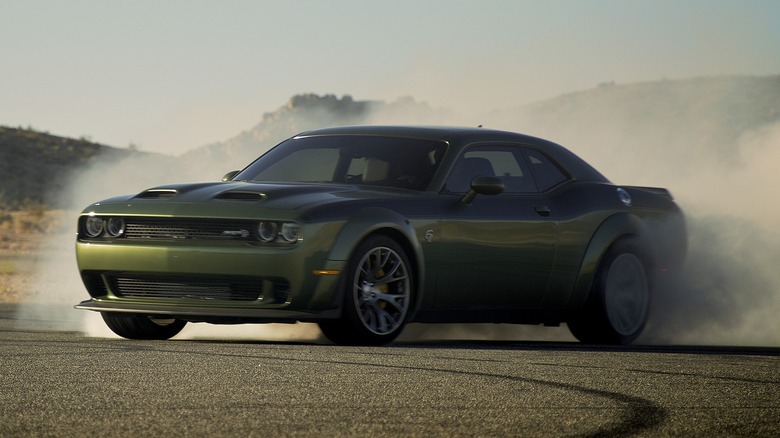
While there are many factors behind the V8 engine's return following dramatic news that automakers like Dodge discontinued the Hemi, it comes down to consumer preference. Americans enjoy big vehicles with large engines, which is why efforts to move U.S. drivers to alternatives haven't resulted in the number of sales expected by automotive manufacturers.
The automotive industry has suffered through a tumultuous period, particularly recently. With a lengthy record of ever-tightening emissions requirements
beginning with regulatory standards like the 1970s Clean Air Act and Corporate Average Fuel Economy (CAFÉ), environmental regulators have been pressuring automakers to meet certain goals or else. For instance, according to Mopar Insiders, GM and Stellantis (the European parent company of Dodge, Jeep, and RAM, among others) have had to hand over a combined $363 million in fines for not meeting American regulatory fuel economy targets prior to 2023. This has led to changes in the industry that aren't necessarily popular with the American buyer.
Stellantis was previously headed up by Portuguese CEO Carlos Tavares, who was rumored to have been heavily involved in killing the Hemi engine in favor of electric vehicles, despite objections from American executives. Tim Kuniskis, Ram CEO (North American division) spoke with Road & Track on his objections to discontinuing the Hemi, "The bigger issue is we took away a fundamental American thing. Americans love freedom of choice more than anything. When you take away their freedom of choice and tell them 'you must take this,' they revolt."
Read more: 7 Used Buick Models You Should Steer Clear Of At All Costs
EVs Aren't For Everybody And The Sales Prove It
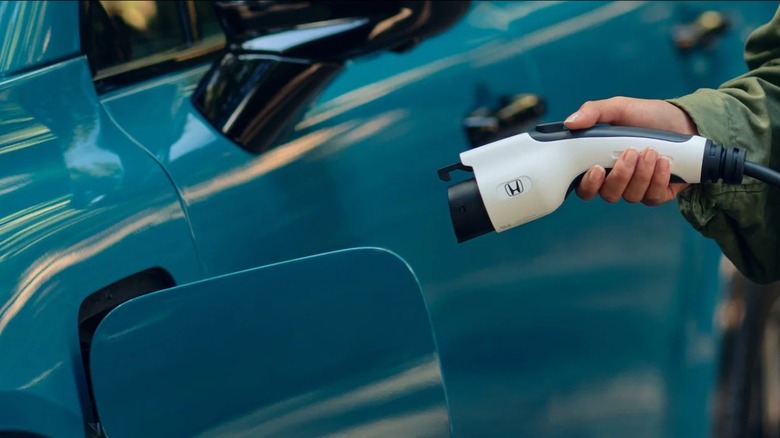
According to Marin Gjaja COO of Ford automotives electric vehicle division explained to CNBC, "What we saw in '21 and '22 was a temporary market spike where the demand for EVs really took off. It's still growing but not nearly at the rate we thought it might have in '21, '22." Just a few years ago, industry brands were touting big plans in terms of their EV lineups and phase-out of other powertrains. For example, by 2026 Jaguar Land Rover was aiming to eliminate models with diesel engines entirely, by 2035 GM was planning to remove both diesel and gas engines from light-duty offerings, to name a few examples. However, many of these same brands are now easing up on their aggressive stance to accelerate EV adoption.
There is nothing wrong with an electric vehicle, especially considering there are many reliable electric vehicles on the market in 2025. However, due to a higher entry cost than traditional powertrains, many Americans can't afford an EV. And it's not just purchase price that is an obstacle, but also higher maintenance fees and repairs when compared to combustion cars.
Lastly, and most importantly, the infrastructure for charging these EVs is lacking in many parts of the country. Smaller towns and rural areas may have few to no options for EV charging. According to Business Insider, as late as 2023, for every 10,000 Americans, there were just three EV charging ports.
Regulation Roll-Back And Frustration With Smaller Displacement Options
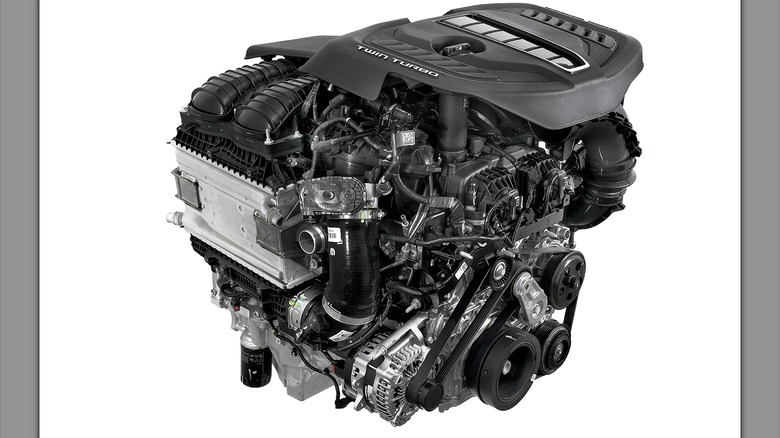
While previous administrations were aggressively pushing to ultimately phase out combustion engines, the current White House is going a different direction. EPA Administrator Lee Zelden is moving to reduce many of the stricter rules placed on automakers, such as the requirement for more than 66% of cars sold in 2032 to be zero emission vehicles. There is even talk of eliminating the costly emission fines on automakers if they fail to achieve the regulatory standards set forth, which has drawn the ire of some, claiming these strict measures help families achieve better fuel economy.
However, there are some examples that paint a different picture. For instance, when Stellantis released the 2022 Jeep Grand Wagoneer L with the new 3.0-liter Hurricane inline-six, it was only slightly more economical than the V8. In fact, the 5.7-liter V8 powertrain only returned a few miles less per gallon than the smaller turbocharged engine. Automakers have been walking a fine line between meeting emissions measures, but not completely disenfranchising their customer base who expect high output powertrains.
It also doesn't help matters that for many automotive fans; there's nothing like the sound of a naturally aspirated big-block V8. There are many reasons why V6 and V8 engines sound so different, but the inclusion of forced induction (turbochargers) on some new larger vehicles, like the RAM 1500 trucks, isn't convincing enthusiasts feeling the loss of the rumble and roar of larger displacement.
Want the latest in tech and auto trends? Subscribe to our free newsletter for the latest headlines, expert guides, and how-to tips, one email at a time.
Read the original article on SlashGear.


